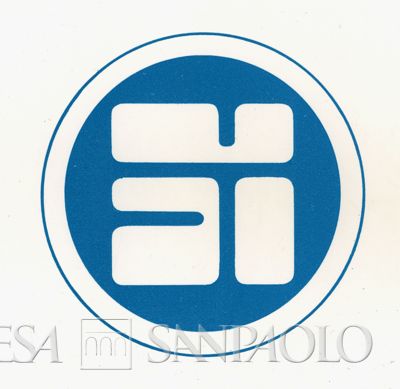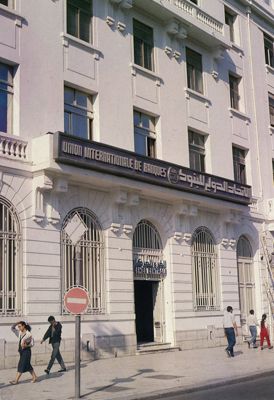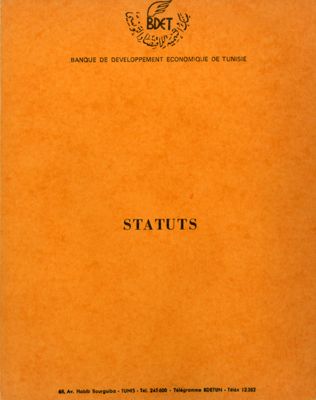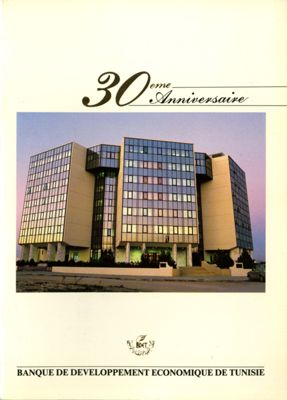| description |
TIMELINE
1905: Banque Commerciale Tunisienne, later Société Générale de l'Afrique du Nord, founded.
1913: Société Générale de l'Afrique du Nord liquidated.
1963: Stake in Union Internationale de Banques (Tunis) acquired by Banca Commerciale Italiana (BCI).
1965: Stake in Sociètè Nationale d'Investissement (Tunis) acquired by Banca Commerciale Italiana (BCI).
2004: Banca Intesa reperesentative office opened in Tunis
In the early twentieth century, shortly after Banca Commerciale Italiana (BCI) was founded in Milan in 1894, it had already begun to start up important projects in Tunisia.
The most important of these was undoubtedly BCI's role in the 1904 founding in Tunis - together with the Unione Italiana Concimi, a large producer of phosphate-based fertilizers, and the mining company Ditta Luigi Donegani - of the Société des Phosphates Tunisiens, in order to gain access to the phosphate mines in Kalaâ-Djerda located in central Tunisia not far from the border with Algeria. In the same year, BCI and the Ditta Luigi Donegani founded the Société des Mines de Fer de Nebeur in Tunis in order to exploit the iron mines of Nebeur-Caidat-Kelf, each acquiring a 50% stake in the company.
The Société des Phosphates Tunisiens played a crucial role in supplying raw materials to the Montecatini (Società generale per l'industria mineraria e chimica), which in 1920, with BCI's support, took full control of the Société, thereby becoming Italy's largest producer of phosphates.
In order to strengthen its presence in Tunisia, BCI helped found Banque Commerciale Tunisienne in Paris in 1905. In 1911 the bank was transformed into a company named Société Générale de l'Afrique du Nord, and two years later, in 1913, it was liquidated.
Half a century later, in 1963, BCI would acquire one small stake in Union Internationale de Banques (Tunis) and, in 1965, in Sociètè Nationale d'Investissement.
In 2004, Banca Intesa opened a representative office in Tunis.
|






